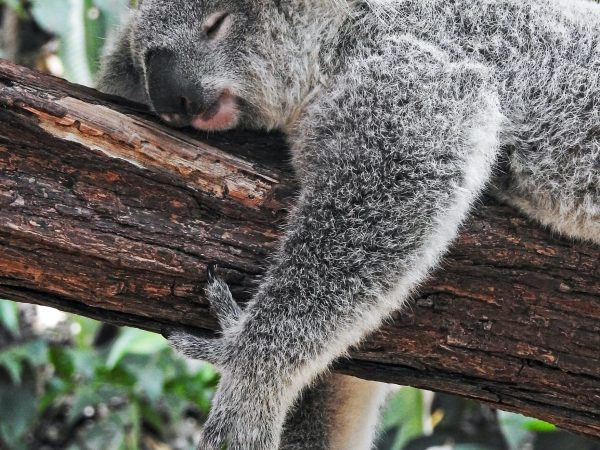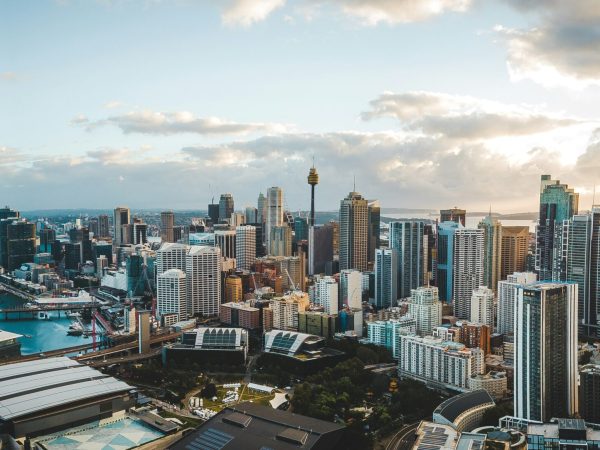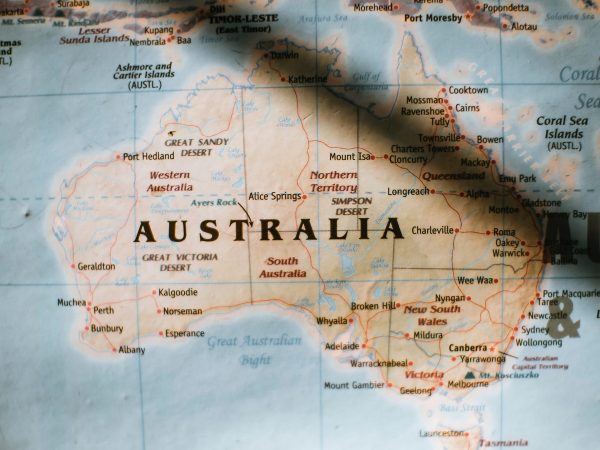澳洲 NIV 移民簽證計劃
專為創新人才與企業家而設的移民新通道|National Innovation Visa
- Home
- Australia NIV
Japan
澳洲NIV移民簽證計劃
澳洲政府正在籌備推出全新的National Innovation Visa(NIV),此計劃將取代原有的188投資移民路線,重點吸引真正擁有創新能力、高技能、科技潛力或創業願景的國際人才,直接進入澳洲定居與發展。
與過往投資額導向的簽證不同,NIV更強調能力導向與貢獻潛力。這也意味著,申請人不再單靠資金,而是靠個人專業背景、創業實力與技術願景來獲取澳洲永久居留權。
立即免費諮詢 索取日本移民資訊
環傲移民提供專業免費諮詢,全程透明無隱藏費用,加籍顧問團隊為您量身規劃,安心諮詢,輕鬆邁向移民之路!
誰適合申請?
我們建議以下背景人士可以密切關注 NIV 簽證
-
有科技或創業背景的企業創辦人、合夥人
-
擁有專利、研究成果、產品設計等創新資源的個人
-
曾參與AI、大數據、生技、綠色能源、金融科技等產業的人士
-
有意在澳洲拓展業務、設立子公司或技術中心的企業主
-
不希望投入大量資金,但希望長期定居澳洲的專業人士

澳洲 NIV 移民簽證計劃
申請基本要求|
1. 年齡條件
通常需在55歲以下,特殊貢獻者可酌情豁免
2. 語言能力
預計需達 IELTS 6.0 或同等英文能力
3. 創新/創業項目
需提供一個具有創新性、商業潛力或對澳洲有實際經濟效益的項目計畫書
4. 個人背景與經驗
需具備相關技術、產業或創業經驗,並能證明執行能力
5. 財務自足
需證明有足夠財力支持在澳洲的初期生活與創業所需
6. 無犯罪紀錄
通過健康與品格審查
注意事項|
申請前應了解的重點
非單靠資金可通過:NIV並非投資移民路線,缺乏技術或產業背景者不易通過。
需主動證明項目貢獻性:提案內容要明確說明對澳洲經濟、社會或科技發展的正面影響。
申請競爭激烈:名額有限,建議及早準備、由專業顧問協助評估與包裝計劃。
政策仍在擬定中:正式細節有待澳洲政府公布,建議與專業團隊保持追蹤更新。
可能設有地區傾斜政策:部分偏遠或特定州政府可能提供額外加分或支持,應視個案選擇定居地

我們如何協助您?
如您有興趣進一步了解此簽證,或希望我們幫您做一份「個人評估報告」,歡迎留言或與我們聯繫。我們將第一時間通知您NIV政策的最新進展與申請機會
01
背景評估
專業顧問初步背景評估
02
進行提案
撰寫創業/創新項目提案書
03
尋找支持資源
與當地業界/州政府合作尋找支持資源
04
遞交流程
英文資料準備與簽證遞交流程處理
05
規劃與安頓
協助全家同步規劃移居與安頓

